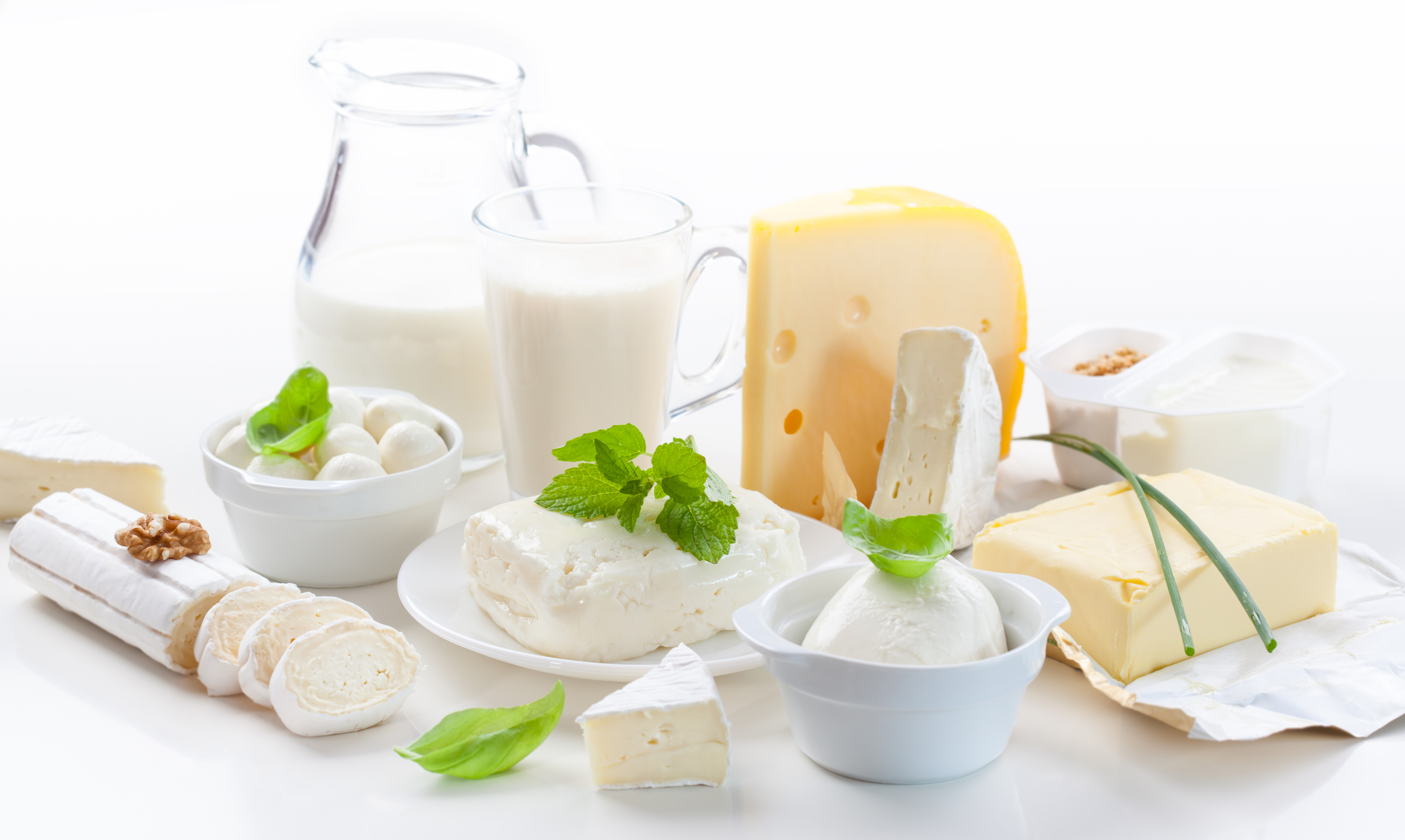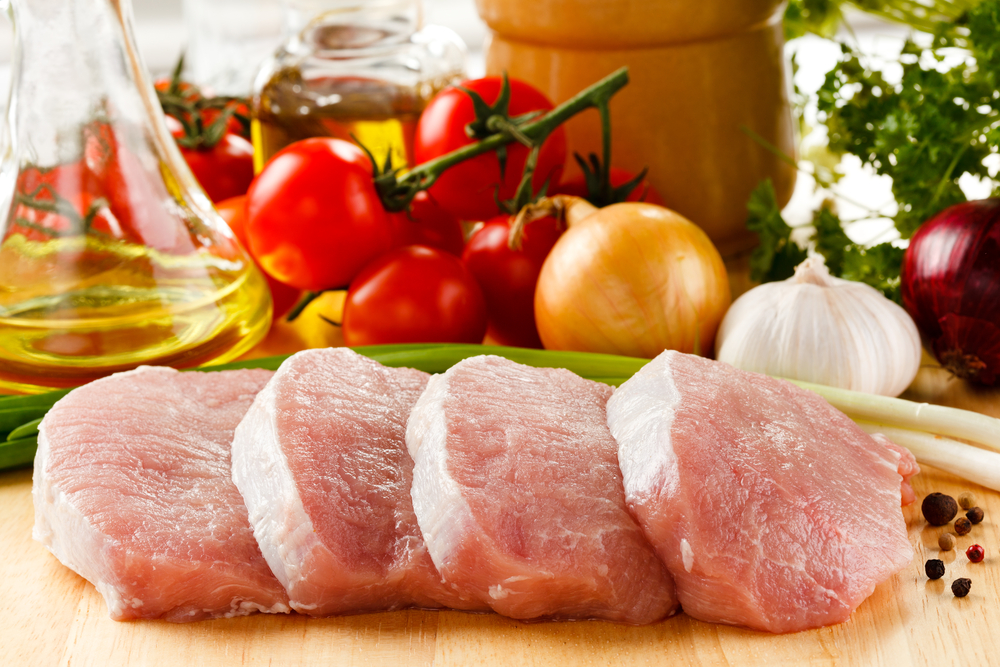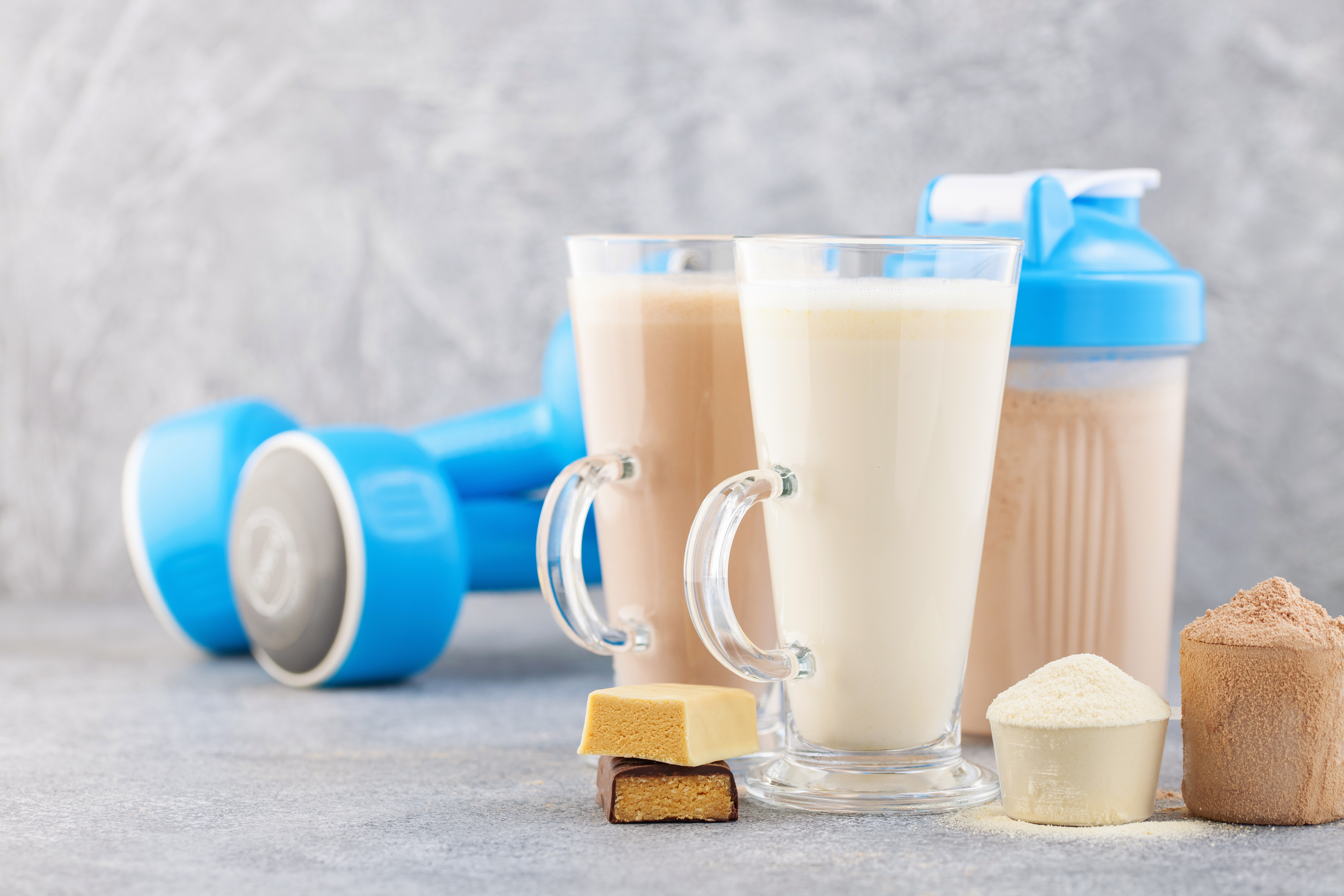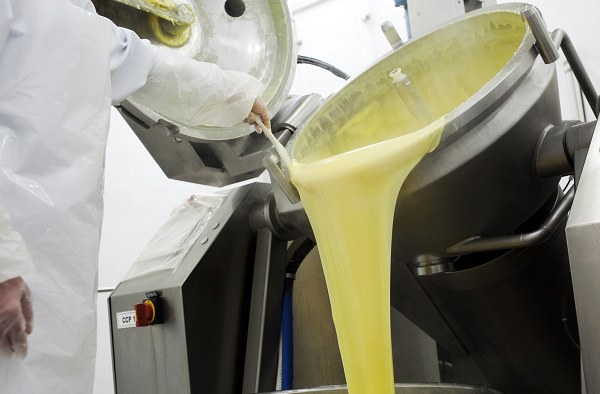Consolidated operating results (cumulative)
| Q1-Q3 FY11/2024 | Q1-Q3 FY11/2025 |
YoY Change |
|
|---|---|---|---|
| Net sales | 128,178 million yen | 137,431 million yen | 7.2% |
| Ordinary profit | 3,479 million yen | 4,907 million yen | 41.0% |
| Foreign exchange impact on ordinary profit |
118 million yen | -13 million yen | - |
|
Ordinary profit after |
3,360 million yen | 4,921 million yen | 46.4% |
| Profit attributable to owners of parent |
2,544 million yen | 3,559 million yen | 39.9% |

Q1-Q3 FY11/2025 (December 2024 to August 2025)
| Net sales | :89,950 million yen (up 2.8% year on year) |
| Sales volume | :124,690 tons (down 7.0% year on year) |
Supply and demand trends in Japan
- Although domestic raw milk production has decreased in most prefectures, production in Hokkaido has been strong, and as a result, production has exceeded the same months of the previous year since April 2025.
- Although there were concerns about a decrease in raw milk production due to the extreme heat this summer, production was strong due to the stabilization of feed prices and increased motivation among dairy farmers due to the revision of milk prices. As a result, skim milk powder inventory has been on a slight upward trend.
- The market for ice cream and functional foods is expanding, and demand for related dairy ingredients is strong.
The Company’s situation
- Sales of fat-based dairy ingredients and high-protein ingredients used in protein and ice cream are strong, but some competitors have emerged.
- Inventories of domestically produced skim milk powder have increased slightly, and sales of powdered milk mixtures have been somewhat weak since the beginning of the third quarter.
- Sales volumes of skim milk powder and butter increased compared to the same period last year, as we were able to propose price-competitive imported products while making use of our supply sources.
- Regarding cheese sales, sales of raw materials for commercial use were strong, but sales to retailers were weak due to overall rising food prices.
Topics
- There is high demand worldwide for high-protein dairy ingredients and fat-based dairy ingredients such as butter and cream.
- Although a rapid recovery in production volume is not expected due to a decrease in the number of dairy cows under the age of two, according to the Japan Dairy Association(J-milk), production in fiscal 2025 is expected to increase nationwide for the second consecutive year (production will decrease for the fourth consecutive year in prefectures, while production will increase for the second consecutive year in Hokkaido).

Q1-Q3 FY11/2025 (December 2024 to August 2025)
| Net sales | :17,154 million yen (up 5.0% year on year) |
| Sales volume |
:24,329 tons (up 0.8% year on year) |
Supply and demand trends in Japan
- Due to inflationary pressures, demand for pork as well as processed pork products such as ham and sausages was weak.
The Company’s situation
- Domestic demand for pork has slowed, resulting in weak sales of chilled and frozen pork.
- In addition to stable sales to existing customers, processed chicken products have also gained new business. New proposals for the restaurant industry are also being strengthened.
Topics
- We are focusing on expanding sales of our products in anticipation of increased demand for processed foods.
- As the Japanese sales agent for a German spice manufacturer, we began importing and selling spices, spice extracts, and rock salt in April. Going forward, we aim to expand sales by leveraging synergies with our existing businesses.

Q1-Q3 FY11/2025 (December 2024 to August 2025)
| Net sales | :6,298 million yen (up 108.7% year on year) |
| Sales volume | :4,836 tons (up 98.4% year on year) |
Supply and demand trends in Japan
- Japan's protein market continues to expand.
- Due to increased global demand for high-protein dairy ingredients, raw material prices are remaining at high levels, making the procurement environment increasingly challenging.
- Demand for relatively inexpensive soy protein and collagen is also increasing.
- The domestic protein market is expected to continue growing, and people's increasing health consciousness is also spreading to new products containing high-protein ingredients.
The Company’s situation
- As a result of our efforts to ensure a stable supply of raw materials while making full use of our procurement methods, sales of protein raw materials remain strong.
- We are involved in the supply chains promoted by brand owners and provide comprehensive support while working to expand transactions and increase the number of customers.
- Sales of plant-derived high-protein ingredients are trending steadily.
Topics
- In addition to high-protein dairy ingredients, we will continue to grow our business by expanding the range of products we handle to include soy protein and collagen.
- We will also propose new recipes to food manufacturers and promote sales expansion into applications beyond sports nutrition.

Q1-Q3 FY11/2025 (December 2024 to August 2025)
| Net sales | :17,218 million yen (up 11.4% year on year) |
| Sales volume | :28,913 tons (up 0.1% year on year) |
Supply and demand trends in Southeast Asia and China
- Demand for dairy ingredients in Southeast Asia remains stable.
The Company’s situation
- Sales of ingredients for powdered milk mixtures to Japan were slightly weak, but the decline was not as large as expected.
- While sales of ingredients to Japanese food manufacturers were sluggish in some countries, sales to local companies in Indonesia were strong thanks to collaboration with suppliers.
Topic
- In order to strengthen its sales structure in the Asian region, the Lacto Group as a whole is focusing on strengthening cooperation between its overseas bases.

Q1-Q3 FY11/2025 (December 2024 to August 2025)
| Net sales | :4,592 million yen (up 10.9% year on year) |
| Sales volume | :4,089 tons (up 5.1% year on year) |
Supply and demand trends in Southeast Asia and China
- Demand for cheese remains strong in Malaysia and Singapore.
- Consumption of both processed and natural cheese is increasing.
The Company’s situation
- Business is increasing by developing and proposing processed cheese that meets customer needs, such as quality and specifications.
- In Singapore and Malaysia, sales volumes to restaurants, bakeries and processed food manufacturers were strong, but in Thailand, sales volumes decreased slightly due to competition with other companies.
- Sales volume fell slightly short of the plan due to sequential price revisions implemented to compensate for rising raw material prices, but profit margins improved compared to the same period last year.
Topics
- Construction of the new factory in Singapore is progressing smoothly, aiming to start operations in FY2026.
- Although the number of cheese processing manufacturers is increasing in Asia, most of them mainly deal in price-oriented products, and as a result, our advantage in striving for high quality and stable supply is growing year by year.
Our business model, as a rule, avoids foreign exchange risk
In our basic transactions, we conclude sales contracts in yen with domestic customers at the same time we conclude purchase contracts in foreign currencies with overseas suppliers. We hedge against foreign exchange risk by entering into forward contracts to cover the amounts we purchase in foreign currencies.
However, the Company uses the principle method under the accounting standards for foreign currency transactions. For this reason, our accounting presentation is unique.
Foreign exchange gains and losses may occur during a business transaction. This is because the exchange rate used for accounting purposes differs depending on the stage of the business transaction.
As a result, even if the foreign exchange risk is hedged at the time of the purchase contract , foreign exchange gains and losses are recorded separately in the cost of sales and non-operating expenses or income during the course of the transaction. Therefore, foreign exchange rates may affect not only non-operating expenses or income but also gross profit and operating profit.
For transactions that span fiscal years, foreign exchange gains and losses may be recorded in advance for accounting purposes.
For transactions that span fiscal years (in which items are sold in the following year or later), even if the purchase is settled and recorded as inventory, the sales will not be recorded until the following fiscal year . Only the foreign exchange gains or losses on the purchase settlement will be recorded in advance and reflected in ordinary profit for that year.